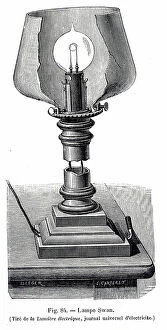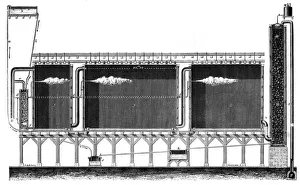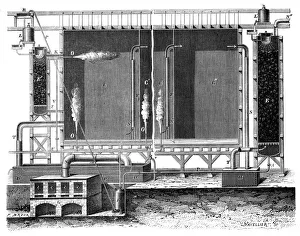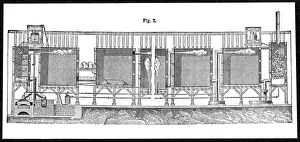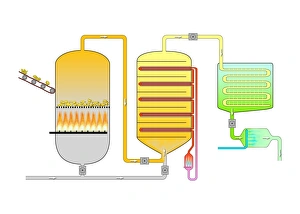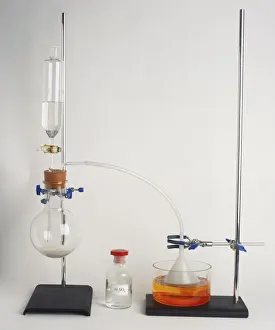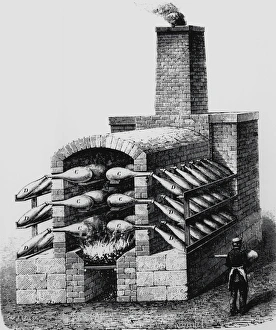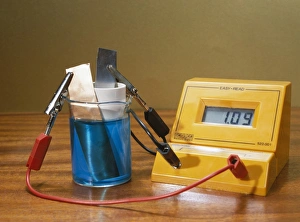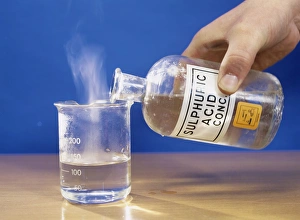Sulphuric Acid Collection
"Sulphuric Acid: A Journey Through History and Industry" Step into the fascinating world of sulphuric acid
All Professionally Made to Order for Quick Shipping
"Sulphuric Acid: A Journey Through History and Industry" Step into the fascinating world of sulphuric acid, a powerful chemical compound that has played a pivotal role in various industries throughout history. From its early production methods to its impact on copper mining and beyond, let's explore the captivating story behind this remarkable substance. In 1866, the lead chamber became an integral part production. This innovative technique revolutionized the industry by allowing large-scale manufacturing. Tun shell containers were used to store and transport this corrosive liquid, ensuring its safe handling. Fast forward to 1940 in Ducktown, Tennessee - a bustling copper mining region where sulphuric acid proved indispensable. Marion Post Wolcott's lens captured the dynamic scene as trains transported precious copper ore out of mines while highlighting the significance of this compound in extracting valuable minerals from nature's depths. Engravings depicting soda and sulphuric acid further emphasize their vital roles in industrial processes during earlier times. These engravings showcase how these compounds were utilized for various purposes such as refining metals or producing chemicals essential for other industries. The sectional views of Gay-Lussac's lead chambers and absorption towers from 1870 provide insight into large-scale production techniques employed at that time. These structures served as key components in creating high-quality sulphuric acid efficiently. Platinum stills emerged as another significant development in concentrating sulphuric acid during the mid-19th century. The intricate design showcased by an oil painting from 1844 highlights both scientific ingenuity and technological advancements achieved during that era. Delving deeper into history, we encounter distillation apparatus dating back to 1651 specifically designed for oil of vitriol (sulphuric acid). This illustration sheds light on early attempts at refining this potent substance through meticulous processes centuries ago. Finally, Mesmer's tub from 1779 offers a glimpse into unconventional applications of sulphuric acid.



